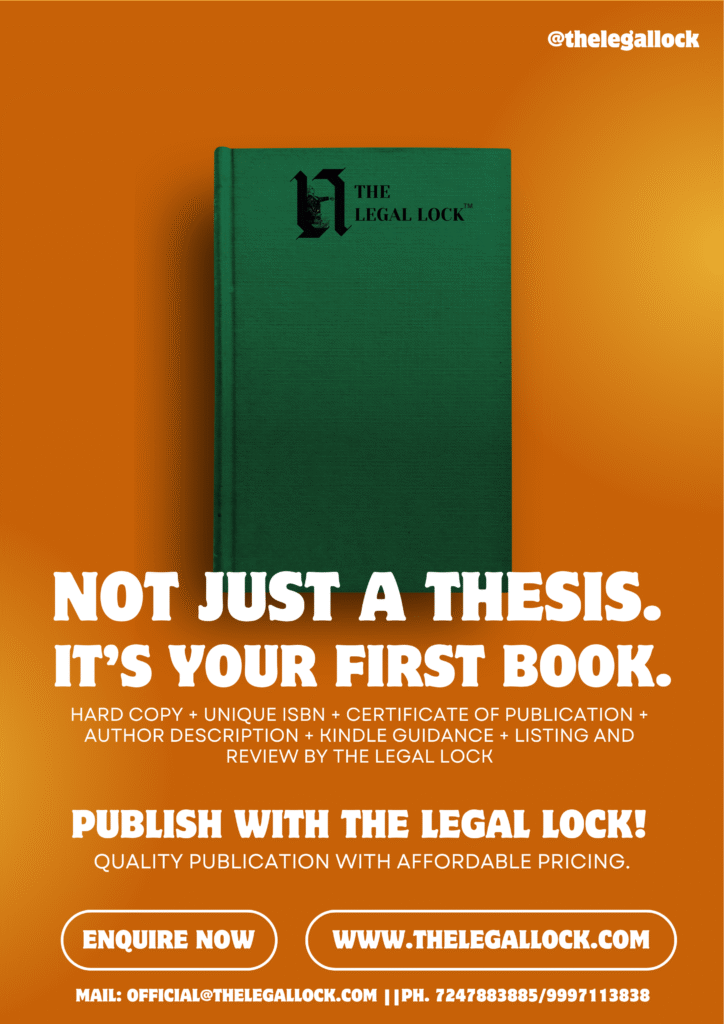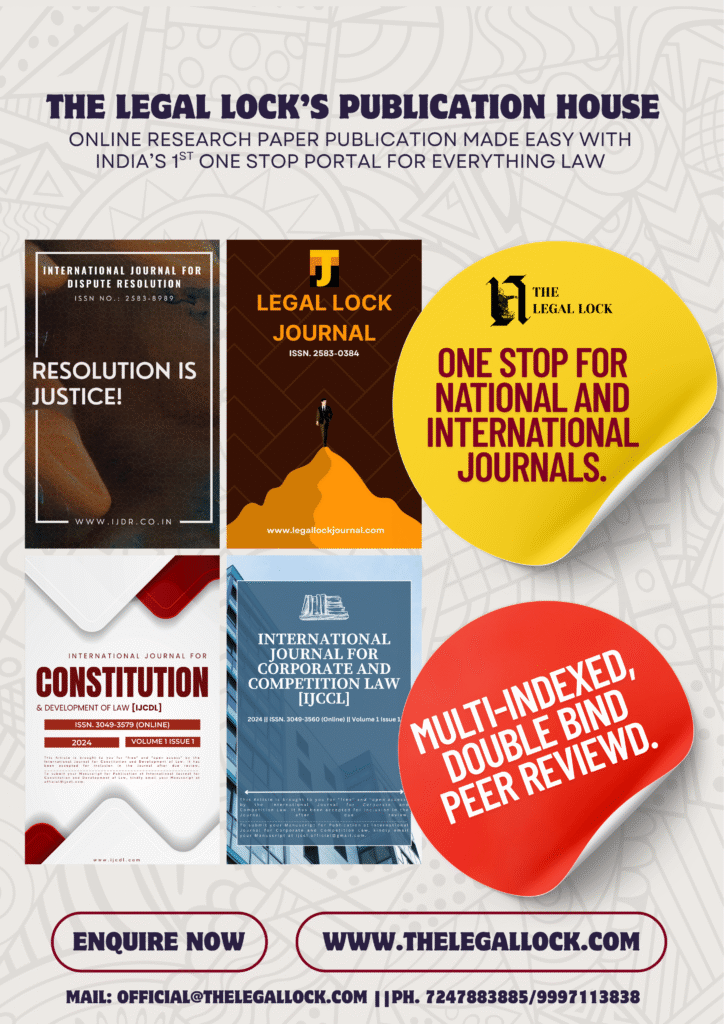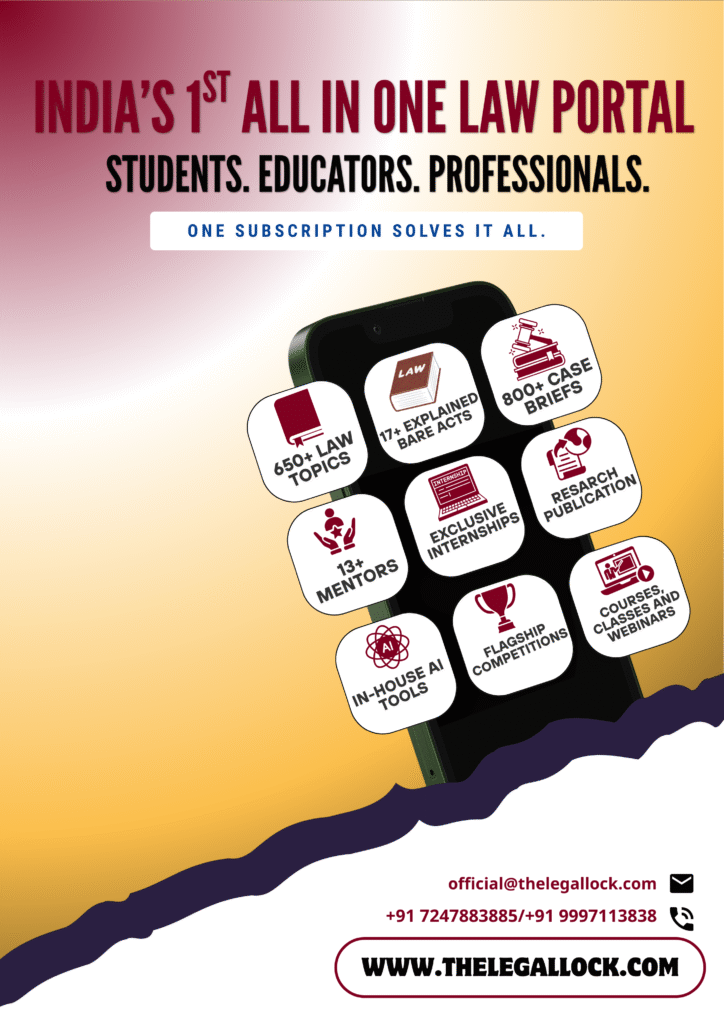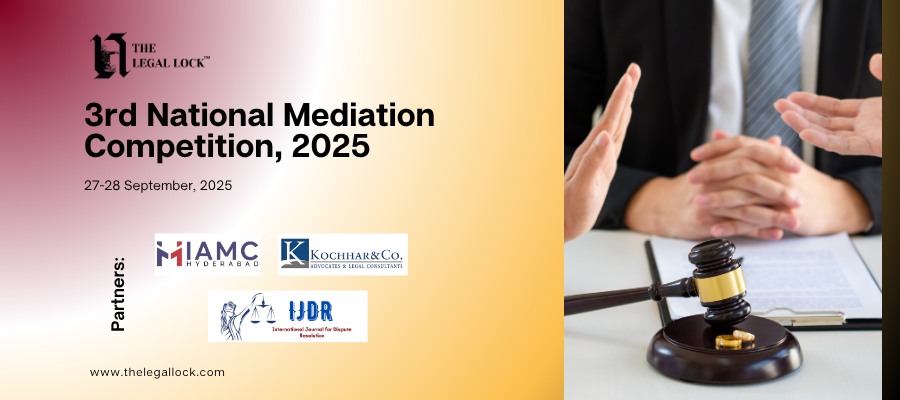RIGHT TO FREEDOM OF RELIGION

INTRODUCTION
The concept of secularism is implicit in the Preamble of the Constitution which declares the resolve of the people to secure to all its citizens “liberty of thought, belief, faith and worship”. The 42nd Amendment Act, 1976 has inserted the word ‘secular’ in the Preamble. However, even without this amendment, secularism was implicit in the Indian Constitution.
The Supreme Court explaining the secular character has said, “…there is no mysticism in the secular character of the State. Secularism in neither anti-God non pro-God, it treats alike the devout, the antagonistic and the atheist. It eliminates God from the matters of the State and ensures that no one shall be discriminated against on the ground of religion. The State can have no religion of its own. It should treat all religions equally. The State must extend similar treatment to the Church, the Mosque and the Temple. In a Secular State, the State is only concerned with the relation between man and man. It is not concerned with the relation between man and God. It is left to the individual’s conscience. Worshipping God should be according to the dictates of one’s own conscience. Man is not answerable to the State for the variety of his religious views.”
In S.R. Bommai v. Union of India (1994 SC), the Supreme Court has held that secularism is a basic feature. Also, in M. Ismail Faruqui v. Union of India (1994 SC), popularly called the Ayodhya Case the Supreme Court after detailed discussion has summarised the true concept of secularism under the Constitution: There is no religion of the State. The Preamble of the Constitution read in particular with Article 25 to 28 emphasises this aspect. The concept of secularism is one facet of the right to equality and is woven as the central golden thread in the fabric depicting the pattern of the scheme in our Constitution.
FREEDOM OF RELIGION IN INDIA
Article 25 (1) of the Constitution of India guarantees to every person the freedom of conscience and the right to profess, practice and propagate one’s religion. The right is guaranteed under Article 25 (1) of the Constitution of India. Like the other constitutional rights, it is not absolute. The right to freedom of religion is subject to public order, morality and health and to the other provisions of Part III of the Constitution.
The term “religion” is not defined in the Constitution and indeed it is a term which is hardly susceptible to any rigid definition. Religion is a matter of faith with individuals or communities and it is not necessarily theistic.
Thus, under Article 25(1) a person has a two-fold dimension of freedom, which are as follows:
∙ Freedom of conscience
∙ Freedom to profess, practice and propagate religion.
Freedom of conscience:
The freedom of conscience is absolute inner freedom of the citizen to mold his own relation with God in whatever manner he likes. Article 25 of The Constitution of India guarantees ‘freedom of conscience’ to every citizen and not merely to the followers of one particular religion. The Supreme Court in the case of Rev. Stanislans v. State ofM.P. (1977 SC) held that, “There is no fundamental right to convert another person to one’s religion because if a person purposely undertakes the conversion of another person to his religion, as distinguished from his effort to transmit or spread the truths of his religion that would impinge on the ‘freedom of conscience’ guaranteed to all the citizens of the country alike.”
Freedom to profess, practice and propagate religion:
To ‘profess’ a religion means to declare freely and openly ones faith and belief. To ‘practice’ religion is to perform the prescribed religious duties, rites and rituals, and to exhibit his religious belief and ideas by such acts as prescribed by religious order in which he believes. To ‘propagate’
means to spread and publicize his religious view for the edification of others. But the word ‘propagation’ only indicates persuasion, and exposition without any element of coercion. The right to propagate one’s religion does not give a right to convert any person to one’s own religion.
The protection of Articles 25 and 26 is thus not limited to matters of doctrine of belief.
Let us briefly discuss some landmark cases regarding Right to Freedom of Religion:
∙ In a judgment of far reaching importance in the Bijoe Emamuel v. State of Kerala, (1984 SC), famously known as the National Anthem case, the Supreme Court has held that, “…no person can be compelled to sing the National Anthem, ‘if he has genuine, conscientious religious objection.’” Therein, three children of a school belonging to the Jehovah’s witnesses were expelled from the school as they had refused to sing the National Anthem as their religion forbade them to do so. The Supreme Court reversed the decision of the Kerala High Court and held that there is no legal obligation in India for a citizen to sing the National Anthem. The right under Article 25 (1) of the Constitution of India cannot be regulated by executive instructions which had no force of law. Their conduct did not amount to an offence under the prevention of insults to National Honour Act, 1971, as they did not prevent the singing of the National Anthem nor cause disturbance to the assembly singing the same. Rather they had stood up in respect.
∙ In Ismail Faruqui v. Union of India (1994 SC), the Supreme Court held that the state can, in exercise of its sovereign power acquire places of worship like mosques, churches, temples etc. which is independent of Article 300 A of the Constitution, if it is necessary for maintenance of law and order. Such acquisition per se does not violate Article 25 and Article 26 of the Constitution. The status of a mosque in secular India is same as, not higher than that of places of worship of other religions such as temple, church etc. The matter in this case was referred to the Supreme Court for its advisory opinion by the President on December 6th, 1992 as due to the demolition of the Babri Mosque at Ayodhya, law and order was disturbed. In order to defuse the crisis the Union Government acquired the whole property surrounding the mosque. Notably, the Supreme Court had refused to give an
advisory opinion in this case. This was challenged on the ground that it was violative of Article 25 and 26 of the Constitution of India as they were deprived of their right to worship in the mosque. The Supreme Court held that the right to worship is an essential part of a religion but it does not include the right to worship at any place and every place.
REASONABLE RESTRICTIONS TO FREEDOM OF RELIGION:
1) Religious liberty is subject to public order, morality and health.
Religious liberty cannot be used to allow any act done against public order, morality and health of the public, nor can it be used to uphold customs that oppose the constitutional principles of our Nation, for example untouchability, devadasi pratha, sati pratha, jauhar, casteism etc. This freedom is also subject to the ‘other provisions of the part’, for example, the right to freedom of speech and expression, freedom of assembly, and association, freedom to carry on a profession, trade and business etc.
∙ In Gulam Abbas v. State of U.P. (1984 SC), the exercise of Fundamental Rights under Article 25 and 26 of the Constitution of India is not absolute but subject to the maintenance of public order and impugned suggestion for the shifting of graves was in the large interest of society for the purpose of maintaining public order on the occasion of the performance of religious ceremonies and functions by members of both sects.
∙ In Acharya Jagdishwaranand Avadhuta v. Commissioner of Police, Calcutta (1984 SC), also popularly known as the Ananda Marga case, the Supreme Court held that, “the Tandava dance in procession or at public place by Anand Margis carrying lethal weapons and human skulls was not an essential religious rite of the followers of Ananda Marga and hence the order under Section 144 of the Code of Criminal Procedure prohibiting such procession in the interest of ‘public order and morality’ was not violative of the rights of petitioners under Article 25 and 26 of the Constitution of India. The order under Section 144 did not ban procession or gatherings at public places even by Anand Margis. It only prohibits carrying of daggers, trishuls and skulls which poses danger to public order and is also against morality.
2) Regulation of economic, financial, political and secular activities associated with religious practices
Clause (2) (a) of Article 25 of the Constitution of India states that the freedom of practice extends only to those activities which are the essence of religion.
In Mohd. Hanif Quareshi v. State of Bihar, the petitioner claimed that the sacrifice of cows on the occasion of Eid ul-Adha was an essential part of his religion and therefore the state law forbidding the slaughter of cows was violative of his right to practice religion. The Court rejected this argument and held that the sacrifice of cow on the Eid ul-Adha was not an essential part of Islam and hence could be prohibited by state under clause (2) (a) of Article 25.
3) Clause (2) (b) of the Constitution of India- social welfare and social reforms:
Under Clause (2) (b) of Article 25 of the Constitution of India, the State is empowered to make laws for social welfare and social reform. Social evils cannot be practiced in the name of religion. Under this sub-clause, the State is empowered to throw upon all Hindu religious institutions of a public character, to all classes and sections of Hindus. The right protected under this clause is a right to enter into a temple for the purpose of worship. The right of Sikhs to wear and carry Kripans is recognized as a religious practice in Explanation – I of Article 25 of the Constitution of India.
ARTICLE 26:
Article 26 of the Constitution of India says that, subject to public order, morality and health every religious denomination or any section of it shall have the following rights.
i. To establish and maintain institutions for religious and charitable purposes. ii. To manage its own affairs in matters of religion.
iii. To own and acquire movable and immovable propert.
iv. To administer such property in accordance with law.
The right guaranteed by Article 25 of the Constitution of India is an individual right while right guaranteed by Article 26 of the Constitution of India is the right of an ‘organized body’ like the religious denomination or any section thereof.
In Brahmachari Sidheswar Shai v. State of West Bengal (1995 SC), popularly known as the Ramkrishan Mission Case, the Supreme Court has held that the followers of Ramakrishna, who are collection of individuals and who adhere to a system of beliefs as conducive to their spiritual well-being, who have organized themselves collectively and who have an organization of definite name as Ramakrishna math or Mission can be regarded as a religious denomination within Hindu religion or they satisfy the tests regarding a denomination as ‘religious denomination’ and would therefore be entitled to claim the fundamental right conferred on them under Article 26 of the Constitution of India.
Under Clause (a) of Article 26 of the Constitution of India every religious denomination has right to establish and maintain institutions for religious and charitable purpose. Impliedly, Madarsas will be protected under this clause.
Under Article 26(b) of the Constitution of India a religious denomination or organization is free to manage its own affairs in matters of religion. The State cannot interfere in the exercise of this right unless they run counter to public order, health or morality.
The right is confined to ‘matters of religion’. The term ‘matter of religion’ include religious practice rites, and ceremonies considered essential for practice of religion. This right is subject to the regulatory power of the state under Clause (2) (b) of Article 25 of the Constitution of India.
This means that secular activities connected with religious institution can be regulated by State by law. The State cannot be a passive spectator when exercise of right of religion threatens the public
order, morality and health of the community. The Constitution imposes a positive duty on the State to free many aspects of our life from the control of religion.
Under Clause (c) and Clause (d) of Article 26 of the Constitution of India a religious denomination has the right to acquire and own property and to administer such property in accordance with law. The right to administer property owned by a religious denomination is a limited right, and it is subject to the regulatory power of the state in Clause (2) (a) of Article 25
of the Constitution of India and also any general property law.
ARTICLE 27:
Article 27 of the Constitution of India provides that no person shall be compelled to pay any tax for the promotion or maintenance of any particular religion or religious denomination. This Article emphasizes the secular character of the State. The public money collected by way of tax cannot be spent by the state for the promotion of any particular religion as India being a secular State and there being freedom of religion guaranteed by the Constitution both to individual and groups, it is against the policy of the Constitution to pay out of public funds any money for the promotion or maintenance of the particular religion or religious denomination. It is to be noted that what this Article prohibits is the levying of tax and not of fees. Tax is a common binder and the only returns which the tax payer gets is a participation in the common benefits of the State.
ARTICLE 28:
According to Article 28(1) of the Constitution of India, no religious instruction shall be imparted in any educational institution wholly maintained out of State funds. This clause does not apply to an educational institution which is administered by the State but has been established under any endowment or trust which requires that religious instruction shall be imparted in such institution.
Article 28 of the Constitution of India refers to four types of educational institutions:
i. Institutions wholly maintained by the State
ii. Institutions recognized by the State
iii. Institutions that are receiving aid out of the State fund
iv. Institutions that are administered by the State but are established under any trust or endowment.
With regards to the institutions of the first type, no religious instruction can be imparted. In the institutions of the second and third type, religious instructions may be imparted only with the consent of the individuals. Also, with regards to the fourth type of institutions, there is no restriction on religious instructions.
CONCLUSION
When it comes to religious diversity, India is the most varied nation. It is a secular nation without a state religion, and any person is free to select, follow, spread, or even convert to another faith. These rights are still subject to some limitations imposed by the constitution and are not unqualified. No one may act against state policy or incite hatred or disruptions among India’s populace on the basis of their religious beliefs.








